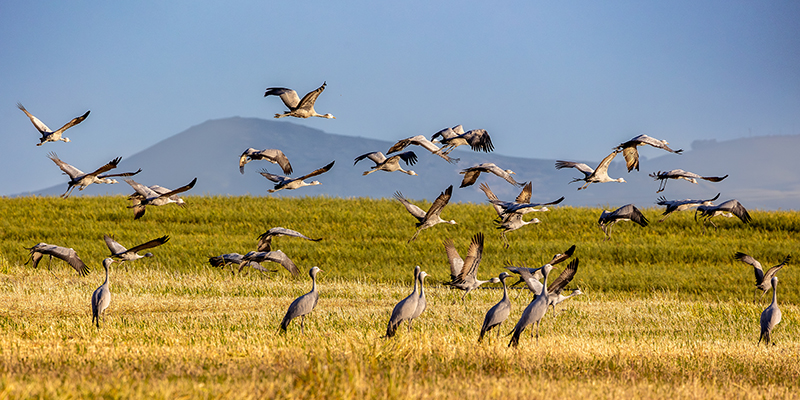
As we celebrated our 50th anniversary this past year, I especially enjoyed the opportunity to reflect together on the impact of our first 50 years of conservation action for cranes, people, and wild places and the most important challenges and opportunities we face in the decades ahead. On top of everyone’s list of concerns is the worsening impact of climate change. I believe there are at least three important ways we can continue to make a real difference on climate change for cranes, ourselves and our world.
First, raising awareness about climate change. Cranes are sentinels–like polar bears on melting glaciers, cranes help us understand how our changing climate will affect life on Earth. In Texas, rising sea levels and reduced freshwater inflows threaten the coastal marshes used by Whooping Cranes. Melting polar regions inundate the arctic marshes where Siberian Cranes breed. Retreating glaciers in Asia reduce inflows that sustain the high-altitude wetlands where Black-necked Cranes breed. Even the abundant Sandhill Cranes are vulnerable to more frequent and prolonged droughts, especially in the western U.S. Knock-on effects from fires and the spread of invasive species also loom large in our changing climate.
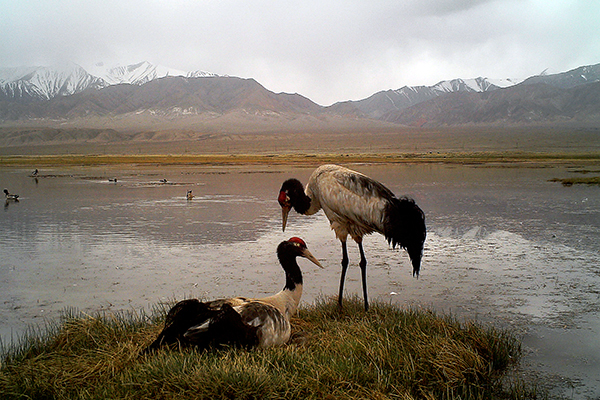
Second, adapting to climate change. We are committed to helping cranes and the communities sharing their lands with them cope with our changing climate. To manage and secure wetlands facing climate change, we draw lessons from decades of crane conservation—that the needs of cranes, many other species, and people depend on healthy landscapes and watersheds. In East Africa, climate-smart agriculture is one of our most important strategies for securing Grey Crowned Cranes that breed and feed on farmlands. In East Asia, we take a flyway approach to ensure that critical stop-over areas are managed to meet the water and vegetation requirements of cranes and other migratory waterbirds in years of flood or drought. In Texas, we determine how sea-level rise and freshwater inflows affect future wetland availability for Whooping Cranes, using this knowledge to guide land purchase and management sufficient for the population to continue their steady recovery.
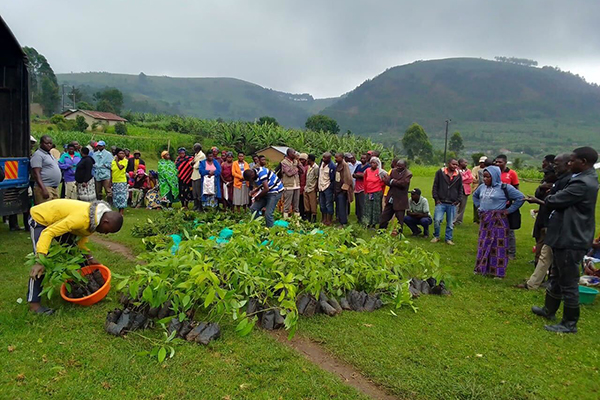
And third, combatting climate change with nature-based solutions that also benefit society. Across the diverse wetlands that support cranes in Asia, Africa, and here in the U.S., we are strengthening wetland protections from drainage and development, improving livestock management, reducing invasive shrubs, and managing fires to dramatically increase the amount of carbon that is stored in wetland soils. We work to restore coastal wetlands in Texas and drained peatlands in Mongolia. We promote restorative agricultural practices and healthy soils on lands surrounding key wetlands. These practices sequester more carbon from the atmosphere and promote more sustainable land uses for wildlife and people.
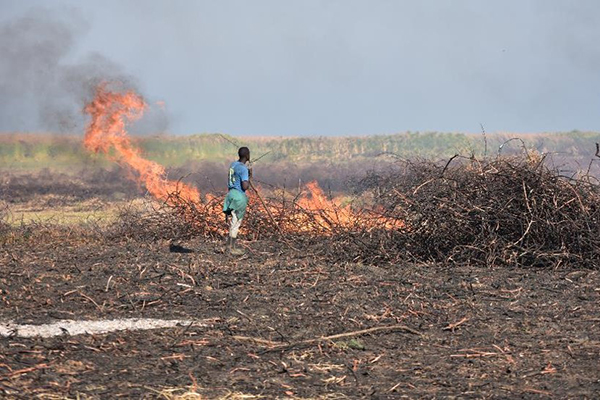
In this Bugle, you will learn about an exciting, innovative project we are piloting in the Drakensberg of South Africa that epitomizes the way crane conservation can help us raise awareness about, adapt to, and combat climate change. As Damian and Pieter share, we are using carbon offsetting to remove emissions (carbon sequestration), improve livelihoods, and protect nature. Income from credits sold on the market is returned to the landowners, rewarding land management practices that contribute to climate change mitigation, are friendly to cranes and promote greater biodiversity and healthier ecosystems. If we are successful, we will replicate this model in other important crane landscapes from Zambia to Mongolia, increasing our impact as we go.
There are no easy solutions to our climate crisis, and carbon credits are not a panacea—there is so much more work that must be done to make our energy, transportation, buildings, and agriculture more sustainable. But step by step, we can work together to make a real difference for cranes and, in doing so, help create a better future for ourselves and our world. I am grateful to all of you for joining us in this essential work.
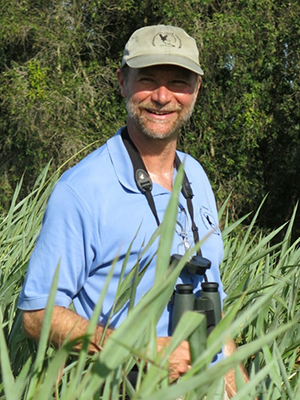
Dr. Rich Beilfuss,
President and CEO
